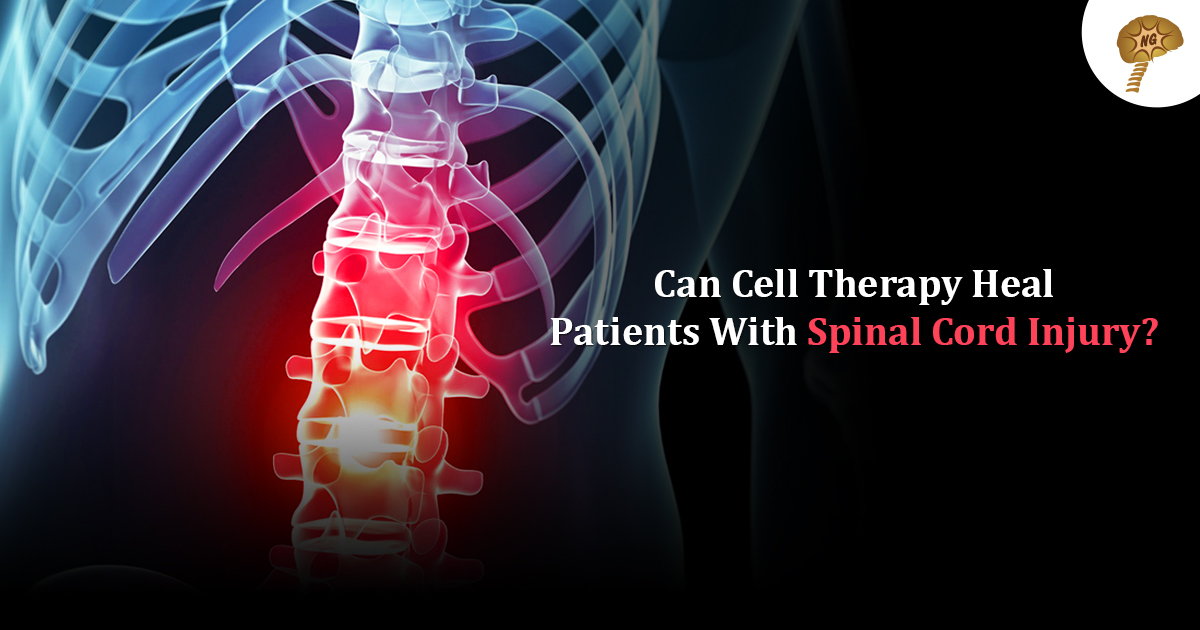
When a spinal cord injury occurs, the nerve-impulses cannot be transmitted from the brain to the other parts of the body. This can often lead to paralysis or loss of mobility and sensation in the person. Using cell therapy with the stem cells aspirated from the patient himself, they are accepted by the patient when injected.
The primary spinal cord injuries include shearing, tear, and a severe stretching of the spinal cord. But in rare incidents, the injury lead to complete disruption of the spinal cord. This is because of the axons that get damaged and the cells that build up the insulating myelin sheath (around axons) begin to die. These exposed axons degenerate, disrupting the neuron connections and information channel through the spinal cord.
As the body is unable to replace the dead or damaged cells of the spinal cord, the injury leads to sensation impairments from below the level of the injury. Depending on the location and severity of the injury, the patients suffer either a complete or incomplete injury. For spinal cord injury cell treatment limits the existing cell death, stimulate growth, and replaces the injured cells.
Stem cells are known as the mother cells or repair cells of a body. Mesenchymal stem cells, harvested from bone marrow, prevent the activation of inflammatory responses which result in cell death. They are the best option for treating neurological disorders and musculoskeletal issues. Treatment using stem cells requires no major surgery, but just a few minor incisions.
Diagnosis and Treatment
At the hospital, the doctors determine the severity of the injury through X-ray, CT scan and MRI. They also keep a check on blood pressure, heart function, body temperature, bladder, and bowel function and the patient’s spasticity. Post diagnosis, the patient is wheeled into the operation theatre where under local anaesthesia, around 80 ml to 120 ml of bone marrow is removed from his/her hip bone. The aspirated marrow tissue is treated to separate the needed stem cells. These stem cells are infused intrathecally into the cerebrospinal fluid from where they travel to the site of injury to begin their regenerative process.
Stem cells contribute to spinal cord repair in the following way:
- Repairing the insulating nerve sheath and stimulating the growth of axons
- Replacing the dead nerve cells
- Releasing growth factors and eradicating toxins when infused into the spinal cord area
- Replacing the dead or damaged nerve cells after the injury
- Suppressing inflammation
Thus, for a spinal cord injury cell treatment is effective in aiding the regeneration of the dead cells.
Having extensive experience in treating various neurological and musculoskeletal disorders, Neurogen hospital offers treatment with autologous stem cells. The team of neurosurgeons has proved the safety of intrathecal autologous stem cell therapy by treating over 748 patients for spinal cord injury.








